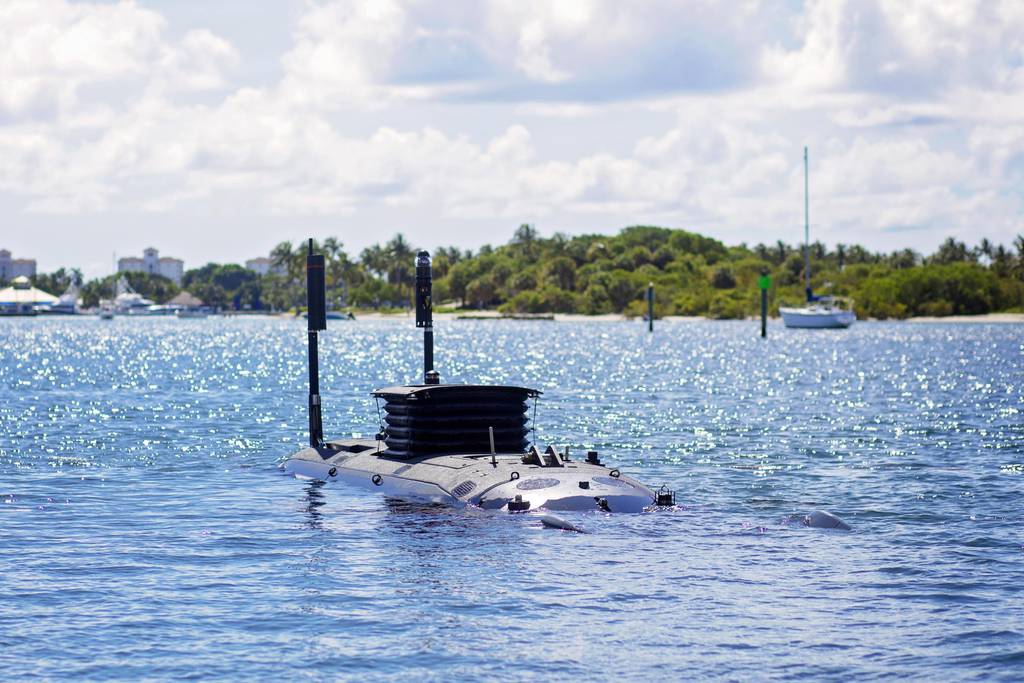
TAMPA, Fla. — U.S. Navy special operators are upgrading their underwater fleet to continue reaching their objectives amid a looming gap in submarine capabilities, according military officials.
Navy SEALs have used the dry deck shelter with modified Ohio-class submarines for decades. The shelter, attached to a submarine, allows divers to remain dry as they transport to their launch site, don wetsuits and dive gear, then exit and later return to the sub undetected.
But the shelters require 10 sailors to operate and get six SEALs out of the platform, Navy Capt. Burt Canfield said Tuesday at the Special Operations Forces conference. Canfield overseas dry deck shelter acquisitions for Special Operations Command. There are five shelters in service, the oldest of which has been in use for nearly 50 years.
The Dry Deck Shelter Next program, launched in fiscal 2024, is currently in a multiyear research and development phase, Canfield said.
The shelters were expected to shift to working with the upcoming Virginia-class submarines. However, as Ohio-class subs go out of service, production delays for the Virginia boats could limit how SEALs use the two platforms to reach their destinations.
Read More: The US Navy is seeking to target enemy ships using drones deployed from submarines
That target is still in the Navy’s sights and will include optimizing a topside hangar for the platform that will allow users to launch crewed submersibles, large unmanned undersea vehicles, and smaller unmanned underwater and aerial vehicles.
:quality(70)/cloudfront-us-east-1.images.arcpublishing.com/archetype/WGTDK7ABXBFTPIKKFII4447TUI.jpg)
Canfield said SOCOM hopes to add automation to some of the shelter’s functions and remote operations to reduce the crewing from 10 sailors to operate down to six or fewer.
“We want to operate inside the hull, get the [SEAL Delivery Vehicle] out remotely, increase safety and increase capacity,” the captain noted.
In the meantime, advances to some other systems are helping SEALs find workarounds to traveling farther underwater. Navy Capt. Jared Wyrick, SOCOM program executive officer for maritime systems, said they are “finding ways that we’re going to still get those missions done even if we don’t have that submarine underneath us to support us.”
SOCOM reached full operational capability on its dry combat submersible in fiscal 2024, said Cmdr. Jonathan Connelly, program executive officer for the command’s maritime undersea systems. The dry submersible is a 39-foot long submarine built by Lockheed Martin that weighs 28 tons with a full load, uses a crew of two sailors and can carry eight SEALs.
The submersible can travel up to 60 miles and remain submerged for 24 hours.
That range and time, paired with recent advancements in combat diver gear, including individual jet propulsion systems, is allowing SEALs to travel farther underwater.
Wyrick said that SOCOM personnel are meeting with partners such as the United Kingdom and Norway to find other approaches to filling the undersea mobility gaps.
Author: Todd South
Source: DefenseNews



